Bring on the cake pops!
What could possibly be more fun than combining my two favourite things in life, eating delicious cake and enjoying decadent chocolate? Both of these are brought together in the fun new craze of creating lollipops made out of cake cake pops! This book has been written for those new to creating this sweet treat and those who are looking to expand their creative skills, whether with new flavours, shapes or decorating techniques. There are plenty of sponge cake recipes and tasty toppings to choose from, and the cake pops have been themed to provide you with lots of inspiration for the whole year round from love hearts for Valentines Day to a snowy Christmas scene. There are also fabulous ideas for embellishing your cake pops. You will find that you can add character and personalize your pops to make them a gift with meaning or just a fun family treat.
The cake pops have different skill ratings indicated by one  , two
, two  or three
or three  cupcake symbols.
cupcake symbols.
I hope you enjoy learning to create the many cake pops in this book and, of course, tasting plenty of them along the way! In particular, you will love giving them as gifts and watching the recipients face light up in delight.
Happy dipping!
Tools & Equipment
Before you start, its a good idea to check you have everything to hand that you might need. The lists here will help you make your sponge base and buttercream binding mixture, and create your basic cake pops ready to dip. Specialized tools for decorating particular projects are listed in the you will need section at the start of each project.
Equipment for baking
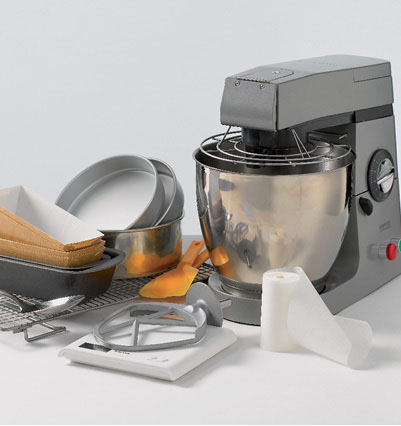
Kitchen scales to accurately weigh ingredients and cake pop ball sizes.
Electric mixer with paddle attachment to make the sponge bases and buttercreams.
Plastic spatulas to scrape out bowls.
Baking parchment to line the base and sides of baking tins.
Baking tins for making basic sponge cakes, mainly loaf tins, round, square and heart-shaped. Disposable ones can be helpful.
Wire rack for cooling cakes.
Spoons to weigh out buttercream or ganache ingredients and cake pop sizes.
Tools for moulding and dipping
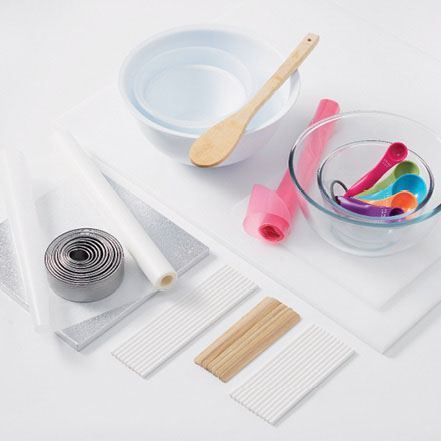
Non-stick board with non-stick mat beneath to roll out icing and to model embellishments.
Plastic or glass microwave-safe bowls to melt chocolate callets or candy melts.
Microwave or double boiler to melt chocolate.
Wooden spatulas for stirring when tempering chocolate.
Roll of disposable piping bags to pipe melted chocolate.
Measuring spoons to gauge cake pop sizes instead of weighing.
Cake board with greaseproof paper for resting cake pops in the refrigerator.
Set of round graduated cutters to cut basic shapes.
Lollipop sticks for presenting cake pops on. Use 15cm (6in) and 20cm (8in) lengths. Try wooden ice lollipop sticks too.
Tools for decorating

non-stick rolling pin to roll out flower paste and modelling paste.
parchment piping bags to pipe royal icing.
piping nozzles for using with piping bags.
foam pad to cushion flower paste when forming flowers.
mini palette knife to cut and turn paste, and lift icing and embellishments.
modelling tools to create facial details, shape flowers and so on. A Dresden tool is useful for making marks on pastes, such as wood effects.
dusting brushes to dust edible lustre dusts on to cake pops and flower paste.
paintbrush to apply edible glue to attach sugar items (sable no. 2 and 4 sizes).
dummy a polystyrene block to support cake pops as you create them.
paint palette to mix colours and blend gold dust to create a paint.
cutters and moulds for forming cake pop shapes.
cocktail sticks to touch up tiny details and for dropping colour into chocolate.
edible pen to add decorative details.
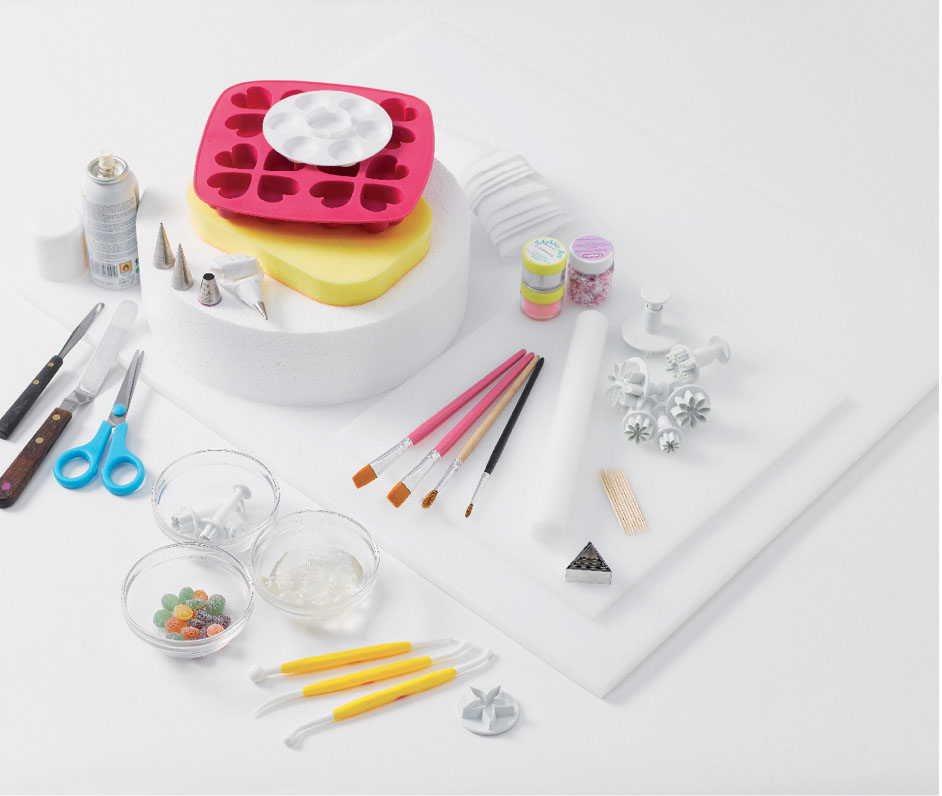
Recipes
Cake recipes
Now you have all your basic equipment to hand, you can start to make your cake base. You can use almost any recipe for your cake pops, but dont choose one with nuts, fruit or inclusions that will make the pops lumpy or angular. You are aiming for a nice fine sponge crumb as your cake base. When making cake pops, the sponge cake base is baked first in a tin and then crumbled and combined with a binding such as buttercream or ganache.

Golden rules for baking
Let all the ingredients come to room temperature before you start to make your cake batter.
Before starting to bake, read the recipe through to check the method.
Preheat the oven and check that it is reaching the correct temperature by using an oven thermometer.
Prepare tins before starting to make the cake mix so it doesnt have to sit. Line baking tins well with baking parchment.
Ensure you weigh the ingredients accurately.
Never cream your mixture on full speed start on slow and work upwards.
Beat the eggs and then add gradually to prevent curdling, adding a tablespoon of flour if it looks like the mixture might be starting to curdle.
Always fold in the flour. If you do use a mixer, use a K beater on the slowest speed.
Use a wire rack to help your sponges cool evenly.
Abbreviations and quivalents
g = gram
oz = ounce
ml = millilitre
1oz = 28g approx
1fl oz = 28ml approx
tsp = teaspoon (1 tsp = 5ml)
tbsp = tablespoon (1 tbsp =15ml)
US cup measurements
If you prefer to use cup measurements, please use the following conversions. (Note: 1 Australian tbsp = 20ml.)
Liquid
cup = 120ml (4fl oz)
1 cup = 240ml (8fl oz)
Butter
1 tbsp = 15g (oz)
2 tbsp = 25g (1oz)
cup/1 stick = 115g (4oz)
1 cup/2 sticks = 225g (8oz)
Caster (superfine) sugar
cup = 100g (3oz)
1 cup = 200g (7oz)
Icing (confectioners) sugar
1 cup = 115g (4oz)
Flour
1 cup = 140g (5oz)
cocoa powder (unsweetened cocoa)
1 cup = 100g (3oz)
Cornflour (cornstarch)
cup = 30g (1oz)
Cream cheese
1 cup = 225g (8oz)
Desiccated (dry unsweetened shredded) coconut
1 cup = 90g (3oz)
US terms
UK US
bicarbonate of soda baking soda
caster sugar superfine sugar
cling film plastic wrap
cocktail stick toothpick

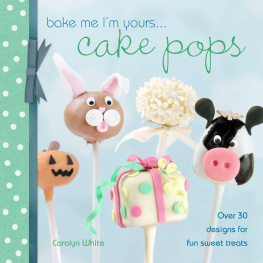


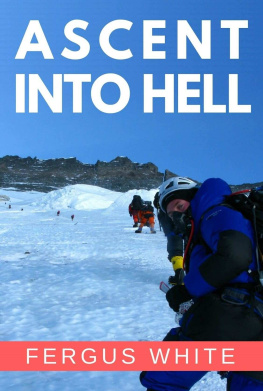
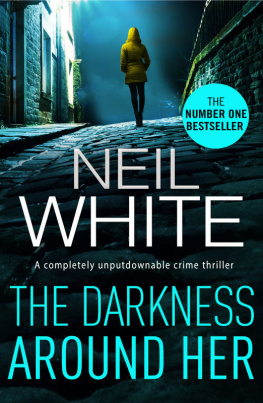

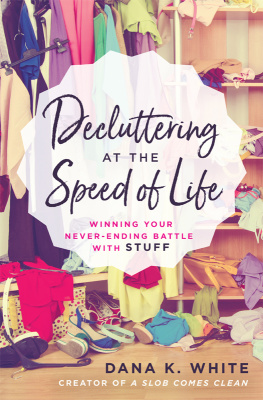
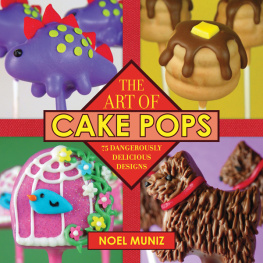

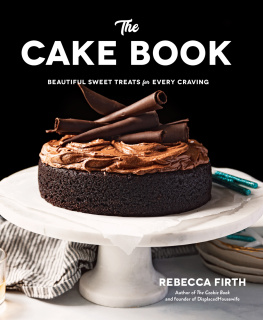
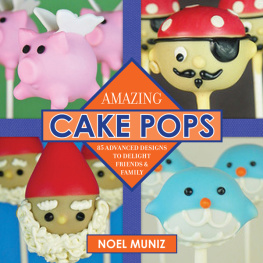
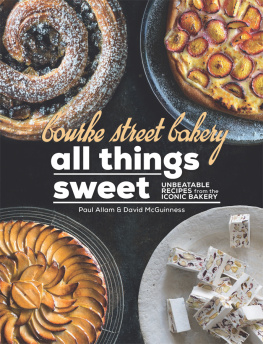
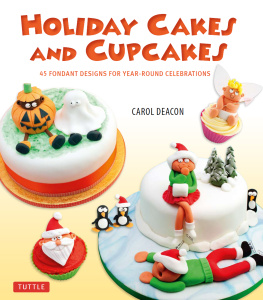
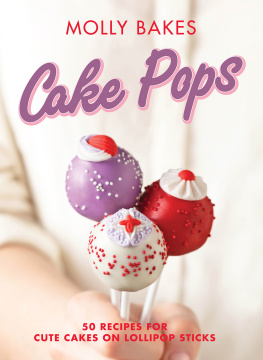

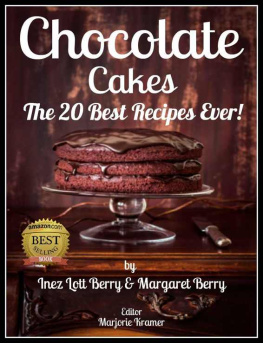
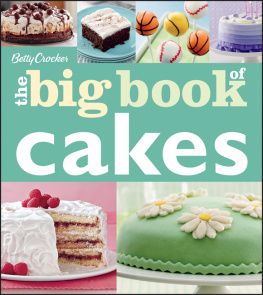

 , two
, two  or three
or three  cupcake symbols.
cupcake symbols.



